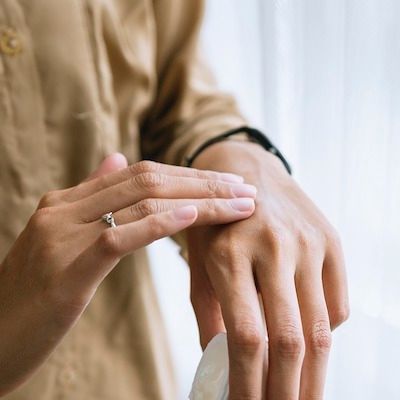Opinion
Video
A Shift in the Treatment Paradigm of Plaque Psoriasis
Author(s):
Dr Linda Stein Gold discusses the shift in the treatment paradigm in plaque psoriasis.
Linda Stein Gold, MD: In the past, we've categorized patients as mild, moderate, or severe disease. And when we look at the clinical trials, we really looked at those moderate to severe patients, and that was defined as a body surface area of at least 10%. And they had to have a quality of plaque that was at least moderate or severe. But according to the International Psoriasis Council, we really need to evolve the way we look at our psoriasis patients and instead put them into 2 categories. The first category is those patients who will respond appropriately to topical therapy. And the second category is those patients who don't respond adequately to topical therapy. And when we think about this, it makes sense. “Can we get you under control with topicals? Or are we not able to get there?” And we really need to use a systemic option. Now, it's important to consider that some patients have disease in special areas, including the scalp, the face, the palms, the soles, the genital area, or the nails. So they might have a very low body surface area, but they might have a tremendous impact on their overall quality of life. They might not be able to work appropriately or to live their lives appropriately. So for these patients who aren't able to get their disease under control with a topical, we should look at the impact on their overall quality of life and consider them for systemic therapy, even for those limited body surface areas. And we have a number of studies that have looked at these special sites. These include oral [therapies such as] apremilast and deucravacitinib, as well as biologic agents. And there was recently a study that looked specifically at the palms and soles. And this was a medication first. We looked at one with an IL-17 inhibitor, secukinumab, looking at either the 300- or the 150-mg medications as compared [with] placebo. And we found that this drug was successful in the 300- mg subcutaneous about a third of the time. And in placebo, only about 1 .5% of the time. So a potent IL-17 drug was effective in getting the palms and soles under control and about a third of the time. And more recently, we had something called the [IMMvent] study. And this looked at the efficacy of risankizumab vs placebo in getting those patients with palm and sole disease under control. And here we found that at week 16, the number of patients who were clear or almost clear of their palm and sole disease was about 33% with risankizumab vs about 16% with the placebo. And as we look further out, up to week 52, we found, again, the risankizumab continued to have efficacy and we saw up to 62% of patients getting to clear or almost clear. So if you think about it, palms and soles can be very difficult to treat. And often it's important to reach for a potent biologic to really get them under control.
Transcript is AI-generated and edited for clarity and readability.





